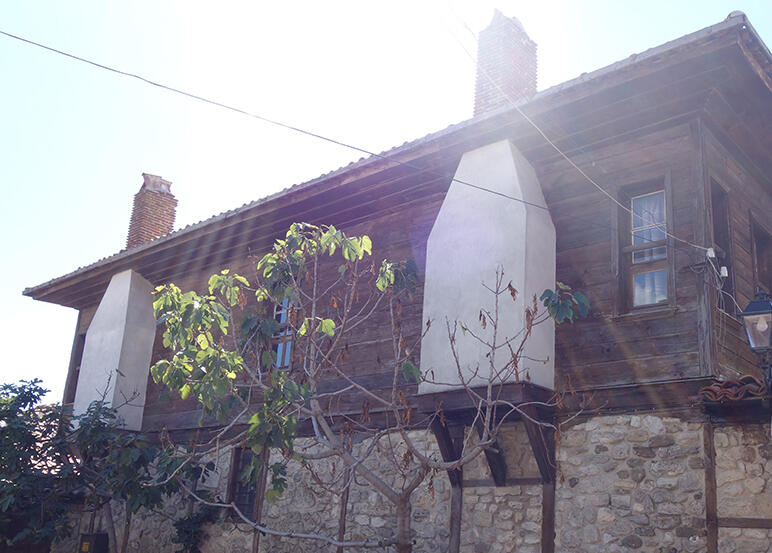DBU aktuell No. 7 | 2021 English
Information on Grant Support Activities of the German Federal Environmental Foundation (Deutsche Bundesstiftung Umwelt)
2.) From research: DBU project in Bulgaria brings together mire and monument protection
Cattails are considered multi-talented for climate, peatland, flood and water protection. The plants grow in wetlands and bogs, which are important for climate protection as carbon sinks. They store up to five times more carbon than forests. The problem is that in Germany alone, more than 90 percent of peatlands have already been drained to make them usable. Yet fens can be used in a commercially sustainable way without draining them. In a project funded by the DBU, a restoration concept using cattail insulation boards is being developed in Nessebar, Bulgaria.
The Technical University of Munich has already demonstrated in an earlier project that wet management with cattail cultivation is sustainable: On the one hand, cultivation is financially worthwhile for the farm. On the other hand, the rewetted areas serve as a carbon sink, keep water in the landscape and clean streams. And: The cattail serves as a constructive building material and insulating material. Architect and building materials developer Werner Theuerkorn developed special insulation boards called Typhaboard from the material. Advantage: the insulation boards of this type can be installed from the inside.
In addition to Theuerkorn, the project participants include the Fraunhofer Institute for Building Physics (IBP) and the Bulgarian Academy of Sciences and Arts. Dr. Georgi Georgiev, consultant for planning, innovation and policy, is project manager of the current project in Nessebar. "Especially in the Black Sea region, salty rain winds are frequent," Georgiev says. "To protect themselves from this, over the past five centuries, people there built traditional wooden houses with typical wood paneling as a facade to keep out rain and wind," the engineer says. These Black Sea houses are in poor condition and need to be renovated, he said. Exterior insulation is difficult because of the preservation order on the outer facade. This is where Typhaboard is suitable as a load-bearing and heat-insulating building material, because it is easy to install and provides interior insulation, Georgiev explains.
Translated with www.DeepL.com/Translator (free version)



